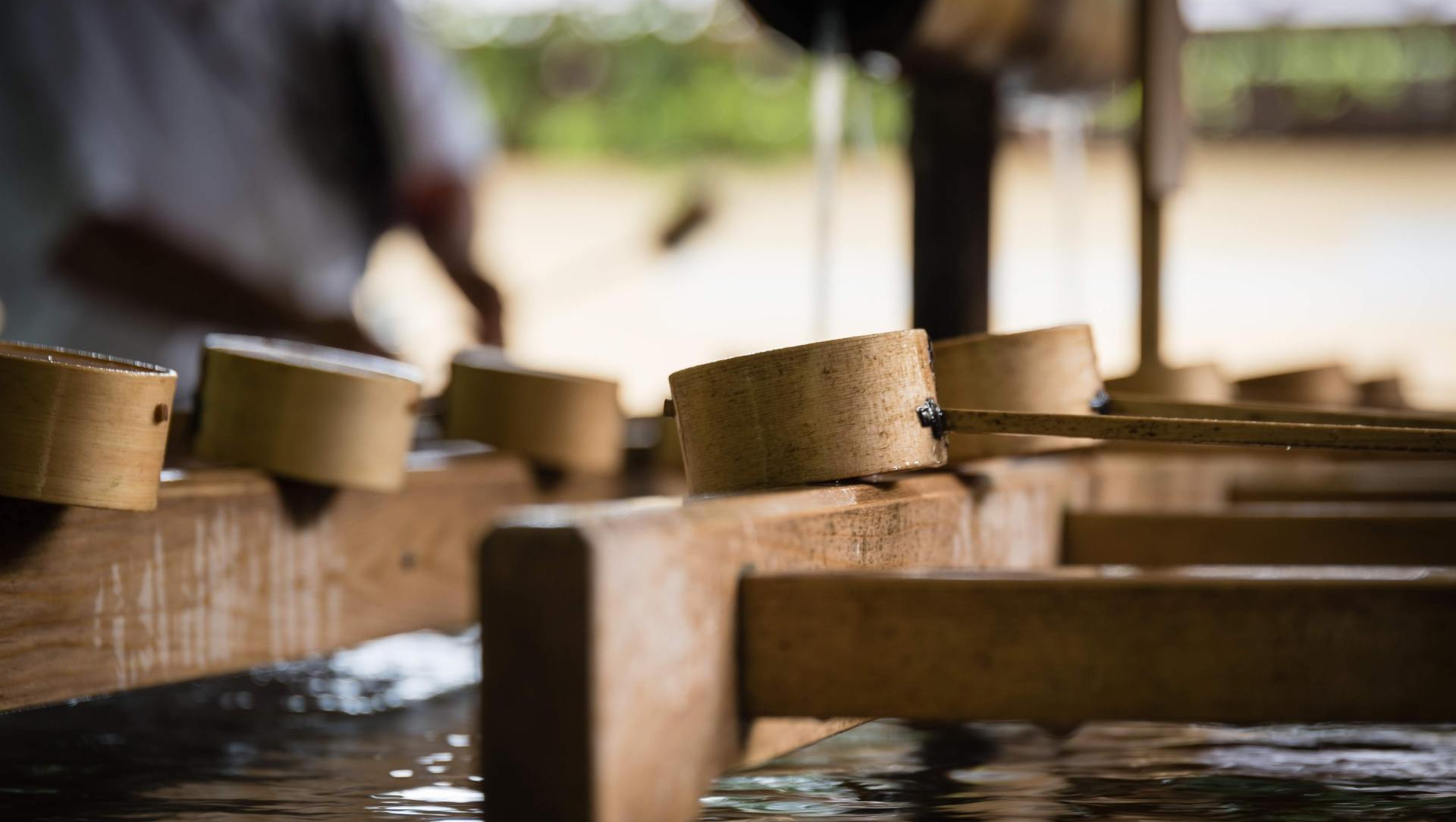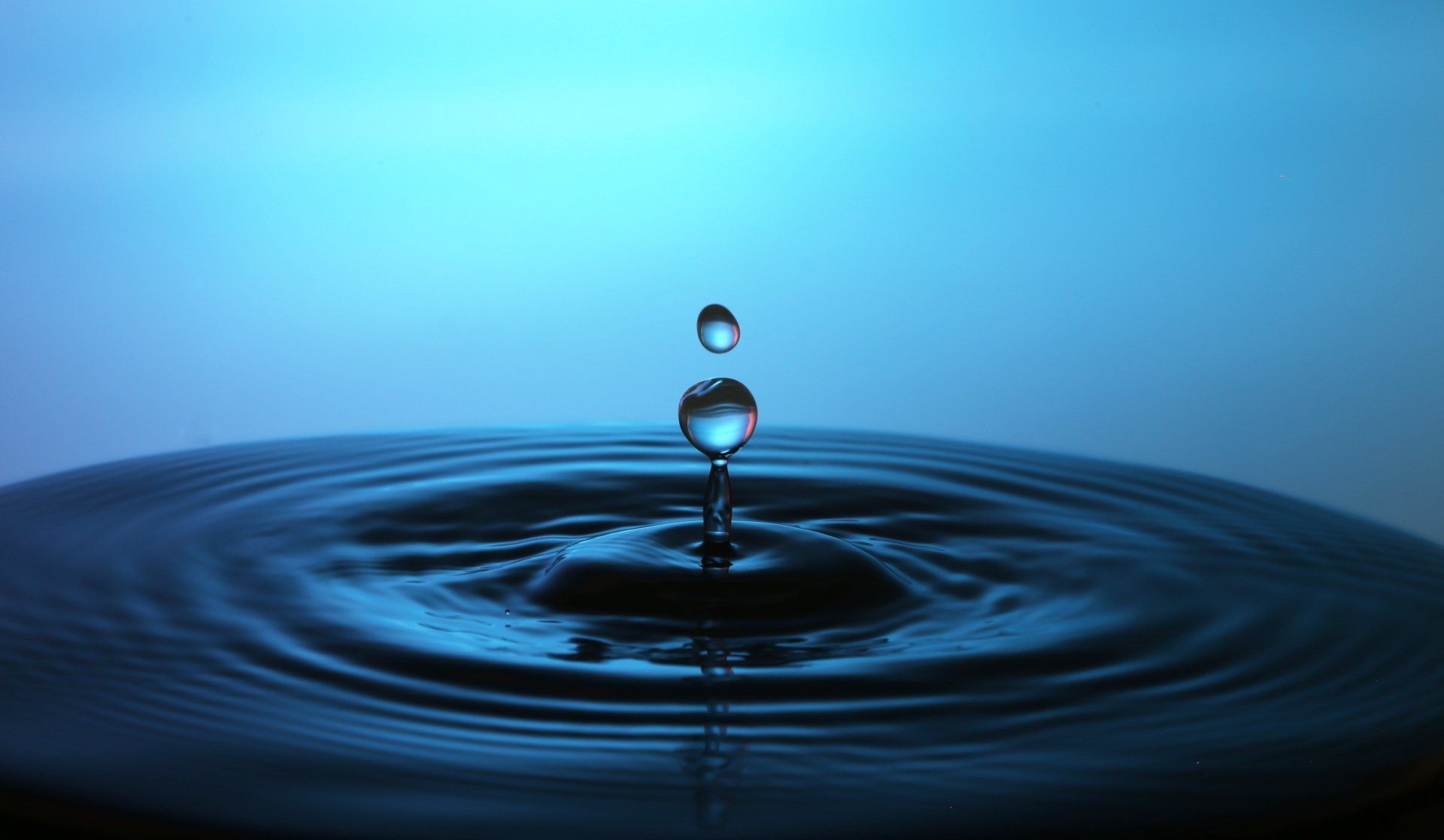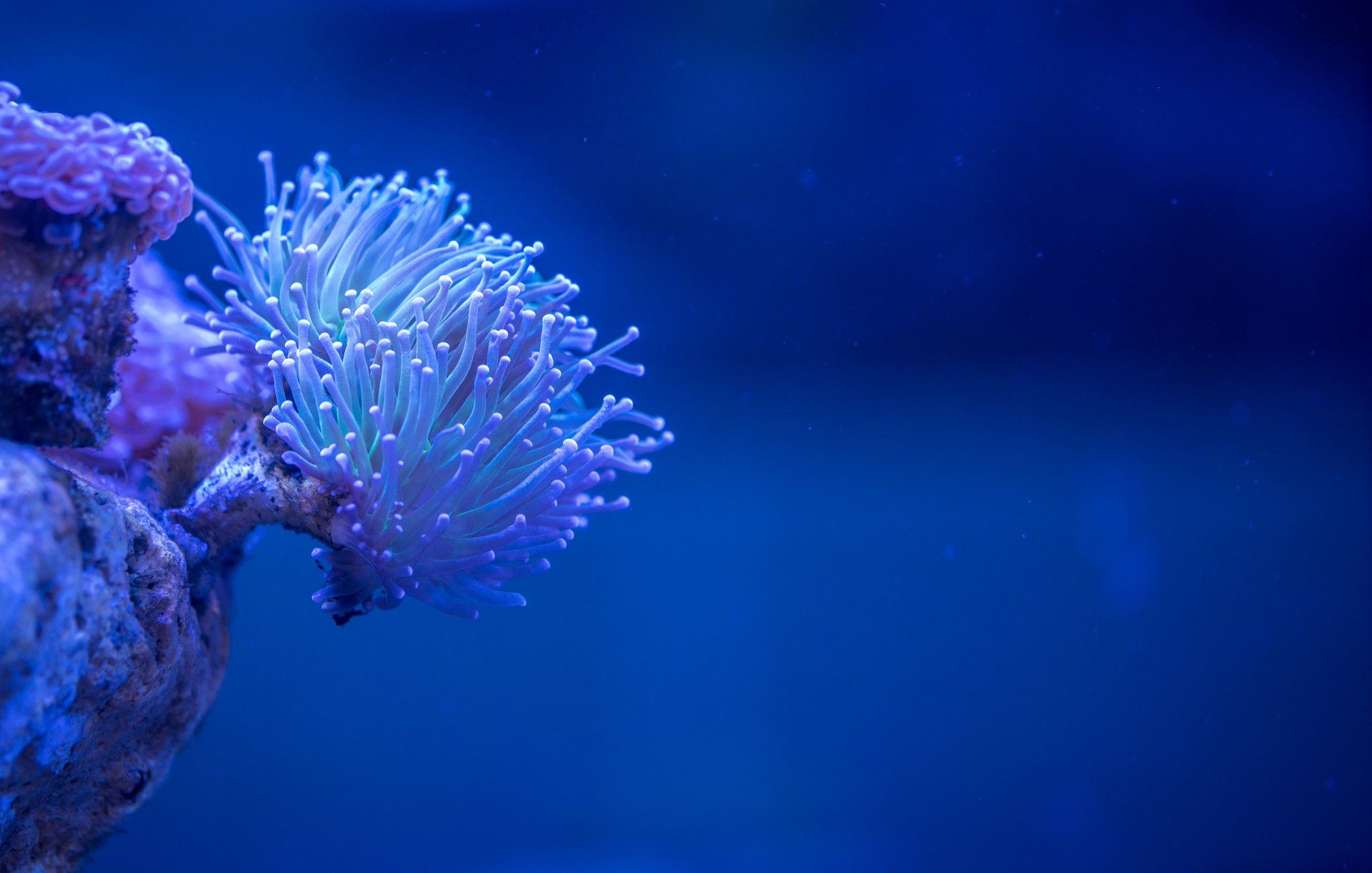Purification Techniques: 8 Techniques That You Should Know About
In this blog we will discuss the basics of various purification techniques. The topics that will be covered in this blog provide answers to the questions; what purification techniques are, what types of purification techniques there are and briefly discusses frequently used techniques in the water industry.
If we go to the word purification techniques, one sees that this is made up of purification and techniques. Purifying means cleaning or removing something that is undesirable, if you look at purifying water, for example, you mean removing unwanted substances or particles from water. The word techniques, in turn, describes the way or technology used to do the cleaning.
What are purification techniques?
What kind of purification techniques are there?
There are many examples of purification techniques such as sand filtration, activated carbon filtration, ozone oxidation, ion exchange and chemical purification. These techniques are all aimed at removing particles (molecules, particulate matter, insects, etc.) from a gas, air, liquid or a solid. Below we will give a brief description of commonly used classics and modern purification techniques in the water industry.
Classic purification techniques
Fast and slow sand filtration
A sand filter is a filter that is filled with sand of a certain particle size and this is used for purifying drinkingwater, surface water, waste water, ponds and swimming pools. The filter can be made of steel, plastic or concrete. There are fast sand filters and slow sandfilters.
Fast sand filter
A fast sand filter works as follows: thewater flows through a sand bed from top to bottom. All impurities that arelarger than the space between the grains of sand (such as insects and seeds)are blocked. Impurities that are smaller (algae, dissolved substances and smallparticles) are not blocked by the sand bed.
Slow sand filter
A slow sand filter also contains sand, butthe flow (flow rate of the water) is much lower. A biomass develops in a slowsand filter which biodegrades contaminants. Such a filter is therefore not back washed, because it would cause the biomass to disappear.
Activated carbon filtration
Activated carbon is a specially treated carbon that can bind to all kinds of substances through adsorption. An important area of application is filtering, this can be done via granular carbon in filters or via powdered carbon that is added and subsequently removed by a filter. Activated carbon has many applications in medicine (adsorption of toxic substances), in water treatment, process industry (adsorption of dioxins and polychlorinated biphenyls) and to decolorize (adsorption of dyes) and deodorization (adsorption of fragrances and odor).
Aeration and degassing
Upon aeration and / or degassing, substances dissolved in water are brought into contact with the gas phase (air). Due to the concentration differences, substances are introduced into the water (eg oxygen that enters the water) or are transferred from the water to the gas phase (removal of carbon dioxide).
Coagulation
In water purification, coagulation is destabilizing colloidal particles by neutralizing their charge with an added chemical substance, a so-called coagulant. A colloid, incidentally, is a very small particle that is slightly larger than a molecule and has a diameter between 1 and 1000 nanometers.
Modern purification techniques
UV (Ultraviolet) Disinfection / Sterilization
With UV disinfection and sterilization, micro-organisms such as bacteria, viruses, fungi and spores on or in all kinds of materials or substances are deliberately killed or greatly reduced in number. Sterilizing and disinfecting air and water is done often with UV light.
Ozone oxidation
Ozonation is a chemical oxidation method with the aim of inactivating and / or destroying pathogenic organisms also called pathogens. Organic micro-pollutants, such as pesticides and medicines, are also oxidized by ozone.
Ion exchange
Ion exchangers are spheres of sulfonated synthetic resin that can remove unwanted ions from a liquid (normally water) by exchanging them with other ions. The liquid is poured over a column filled with spheres of ion exchange resin. The unwanted ions in the liquid alternate with the ions that are attached to the support. Exchange with equivalent electro valences, for example Ca2 + on the support will be exchanged with two protons.
In this blog we have provided basic knowledge about the meaning of purification techniques and we have discussed a number of different techniques, also read our other and future blogs about purification techniques, like recrystallization .





